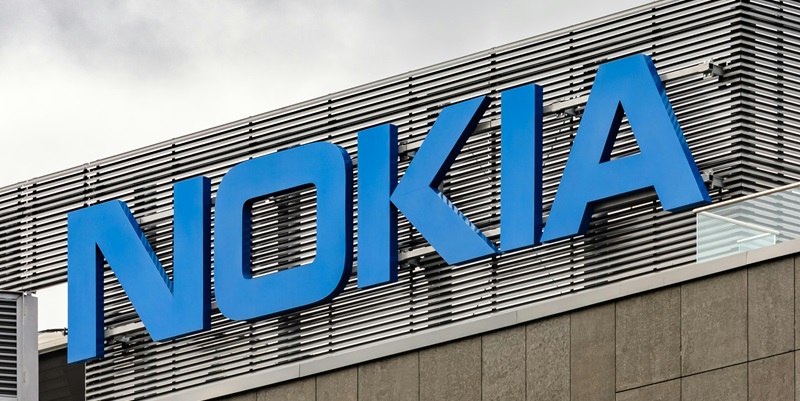Finnish communications giant Nokia has achieved a significant milestone in collaboration with Anterix, a specialist in private wireless networking for utility companies. Together, they have successfully executed the first B106 data call in Dallas, Texas. This groundbreaking development aims to enhance mission-critical applications for utilities by leveraging the 900MHz spectrum managed by Anterix. The recent inclusion of the B106 standard in 3GPP Release 18 enables support for a broader range of chipsets and devices in private wireless networks designed specifically for utility companies.
Enhancing Utility Communications with B106 Standard
Developing a Robust Ecosystem for Private Wireless Networks
Nokia’s dedication to developing a robust ecosystem of devices and chipsets under the new B106 standard is evident in its integration into the AirScale Radio portfolio. This innovation allows for a seamless transition for existing B8 devices, ensuring continuity for current customers while expanding the types of devices available. By integrating the B106 standard, Nokia promotes a richer ecosystem that includes Cat-M devices suitable for various utility scenarios. This strategic move is crucial for improving the reliability and functionality of private wireless networks, which are becoming increasingly critical for utility companies.
The importance of private wireless networks to utility companies cannot be overstated. These networks provide highly reliable and secure communication systems essential for monitoring and controlling critical infrastructure. Private networks offer dedicated bandwidth, enhanced security, control, and customization, addressing the limitations of traditional public mobile networks, such as shared bandwidth and potential congestion. This ensures that utility companies can efficiently manage their operations without the risk of communication delays or security breaches.
Overcoming Deployment Challenges
Despite the numerous advantages, deploying private wireless networks does pose significant challenges. One of the primary barriers is the considerable capital investment required to establish such sophisticated infrastructure. This can be particularly challenging for smaller utility companies with limited budgets. Additionally, there are potential regulatory hurdles concerning spectrum allocation and interference management, which can complicate the deployment process. Utilities must navigate these challenges to fully leverage the benefits of private wireless networks.
The partnership between Nokia and Anterix underscores the collective benefits to the industry. By focusing on developing a robust ecosystem and overcoming deployment challenges, this collaboration aims to enhance grid automation, resilience, and security through dedicated wireless networks. The transition to the B106 standard, while requiring significant investments in new infrastructure and technology upgrades, is deemed beneficial for modernizing electrical grids and achieving sustainability goals. Nokia and Anterix are leading an innovative ecosystem that includes over 100 technology players, paving the way for future advancements.
Strategic Alliance for Modernization and Sustainability
Modernizing Critical Infrastructure
The successful B106 data call signifies a major step forward in the modernization of critical infrastructure for utility companies. This achievement highlights the importance of technological advancements in private wireless networking, positioning the industry towards 5G integration. The increased reliability, security, and efficiency provided by the B106 standard and private wireless networks are vital for the continued evolution and modernization of utility operations. As utilities strive to meet growing demands and sustainability goals, the role of advanced technology becomes increasingly significant.
Nokia and Anterix’s strategic alliance is set to transform the industry by supporting utilities in achieving grid automation, resilience, and bolstered security. This partnership reflects overarching trends towards modernization and sustainability within the industry. The collaboration emphasizes the importance of integrating advanced technologies to enable more efficient and secure operations. By addressing the critical needs of utility companies, Nokia and Anterix are setting the stage for a future where technology plays a central role in enhancing infrastructure reliability and performance.
Leading an Innovative Ecosystem
Nokia, the Finnish communications giant, has reached a significant milestone through collaboration with Anterix, a private wireless networking specialist for utility firms. They have successfully conducted the first B106 data call in Dallas, Texas. This landmark achievement aims to optimize mission-critical applications for utility companies by utilizing the 900MHz spectrum overseen by Anterix. The inclusion of the B106 standard in 3GPP Release 18 broadens support for a wider range of chipsets and devices within private wireless networks tailored for utilities. This development is poised to usher in enhanced capabilities for utility sector communications, improving reliability and operational efficiency. By leveraging the 900MHz band, utilities are expected to experience advancements in the interoperability and security of their wireless systems. Nokia and Anterix’s partnership signals a transformative step in the evolution of tailored wireless solutions for the utility sector, further reinforcing the importance of specialized communication standards in critical infrastructure.

